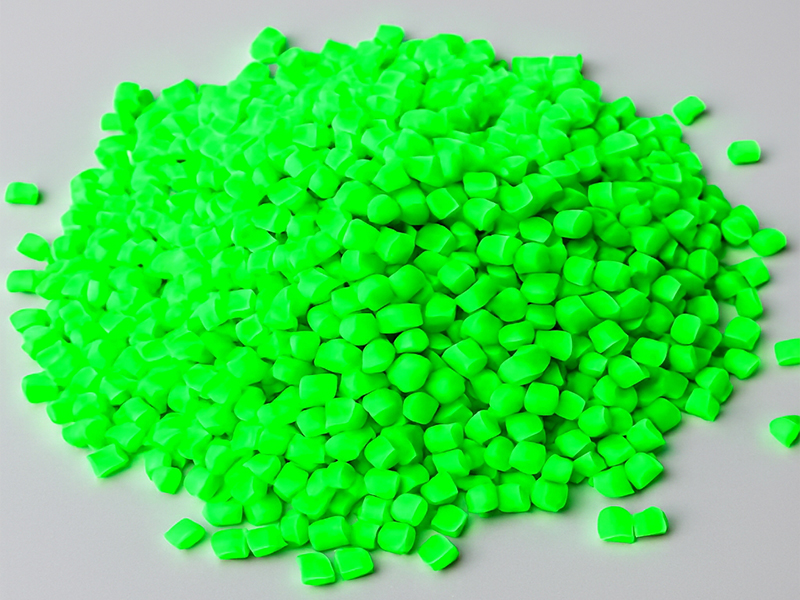Overview
Optical brightener Masterbatches are specialized additives formulated to enhance
the whiteness, brightness, and visual appeal of plastics. By absorbing
ultraviolet (UV) light and re-emitting it as visible blue light, these
masterbatches neutralize yellowing and improve color vibrancy. They are widely
used in packaging, textiles, fibers, and consumer goods where
superior aesthetic quality is desired.
Physical & Chemical Properties
- Active
Ingredients: Fluorescent whitening agents (FWAs) or optical
brightening compounds.
- Carrier
Resin: PE, PP, PET, PS, ABS or universal carriers compatible with the
target polymer.
- Appearance:
Free-flowing white or slightly tinted granules.
- Thermal
Stability: Stable up to 280–300 °C for extrusion, molding, and fiber
applications.
- Effect
on Polymer: Enhances whiteness, opacity, and color brightness without
altering mechanical properties.
- Durability:
Long-lasting optical effect during processing and in end-use applications.
Applications
- Packaging:
Food containers, cosmetic packaging, and consumer goods requiring enhanced
visual appeal.
- Textiles
& Fibers: Polyester, polypropylene, and polyamide fibers for
bright, vibrant fabrics.
- Consumer
Products: Housewares, toys, and household appliances with premium
surface aesthetics.
- Construction
Materials: White or light-colored sheets, panels, and profiles.
- Industrial
Applications: Films, laminates, and protective layers requiring
improved whiteness and clarity.
Processing Techniques
- Injection
Molding – consumer products, appliances, and premium components.
- Film
& Sheet Extrusion – flexible packaging, rigid sheets, and
decorative films.
- Fiber
Spinning – textiles, carpets, and nonwovens.
- Blow
Molding – containers, bottles, and hollow products.
- Co-Extrusion
– multilayer films with brightener in the outer layers for enhanced visual
appeal.
Sustainability
- Reduces
the need for additional coatings or whitening agents, minimizing
chemical usage.
- Compatible
with recyclable polymers, supporting circular economy initiatives.
- Non-toxic
and eco-friendly grades suitable for food-contact and consumer
applications.
- Extends
product appeal and lifecycle by maintaining aesthetic quality over
time.

